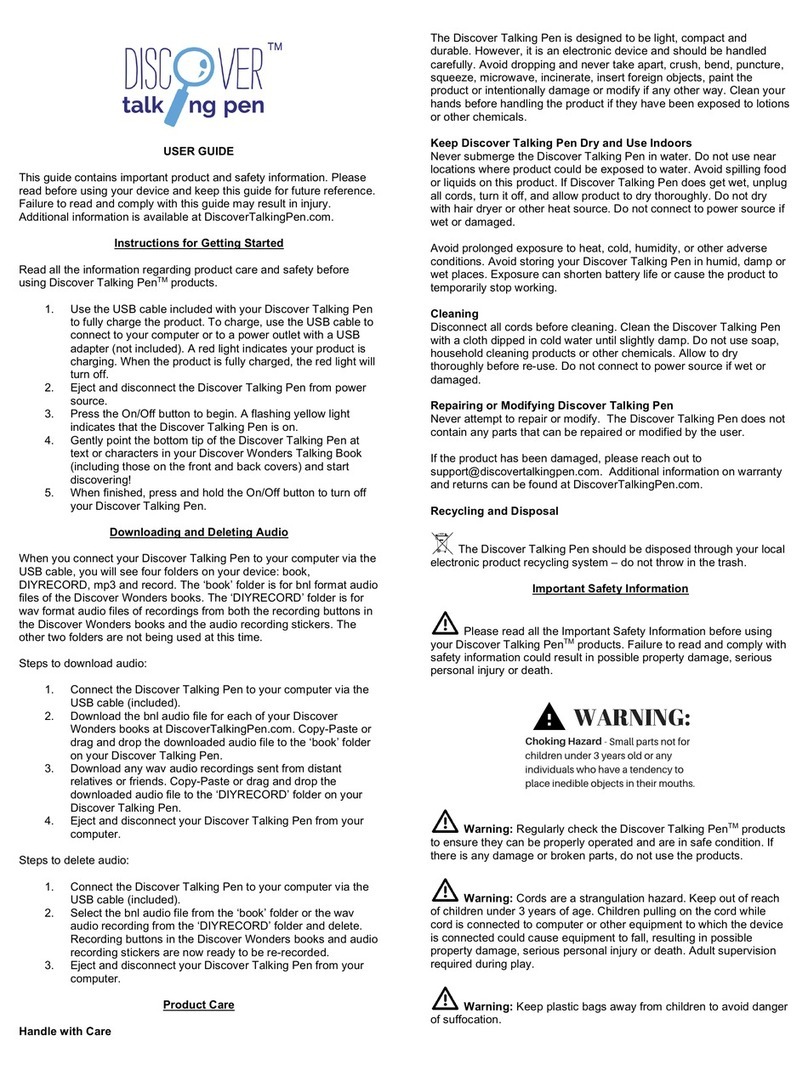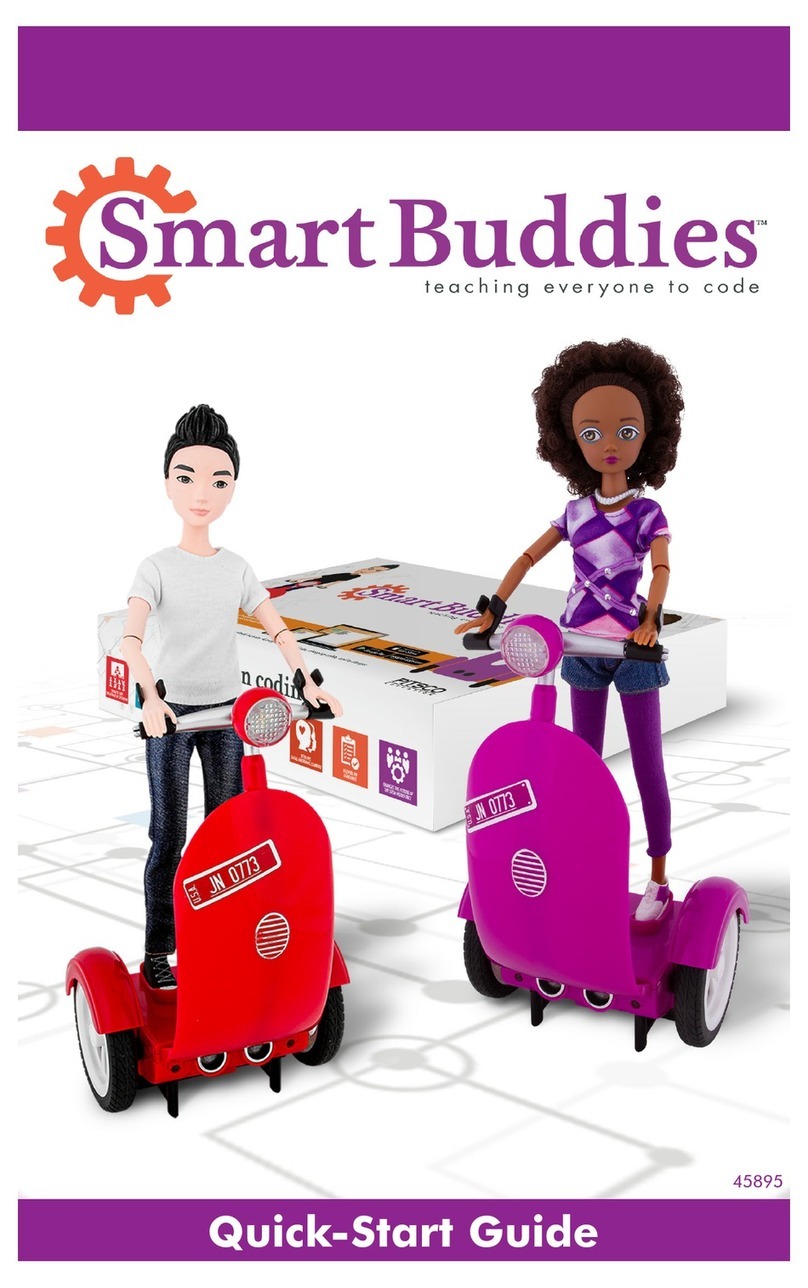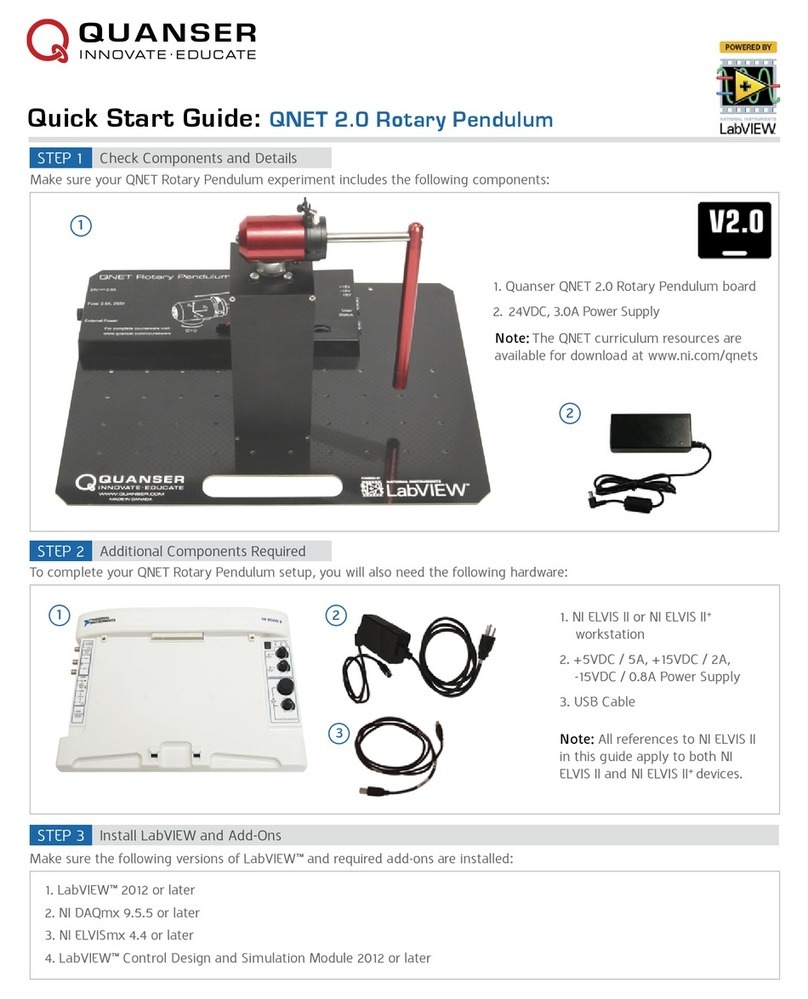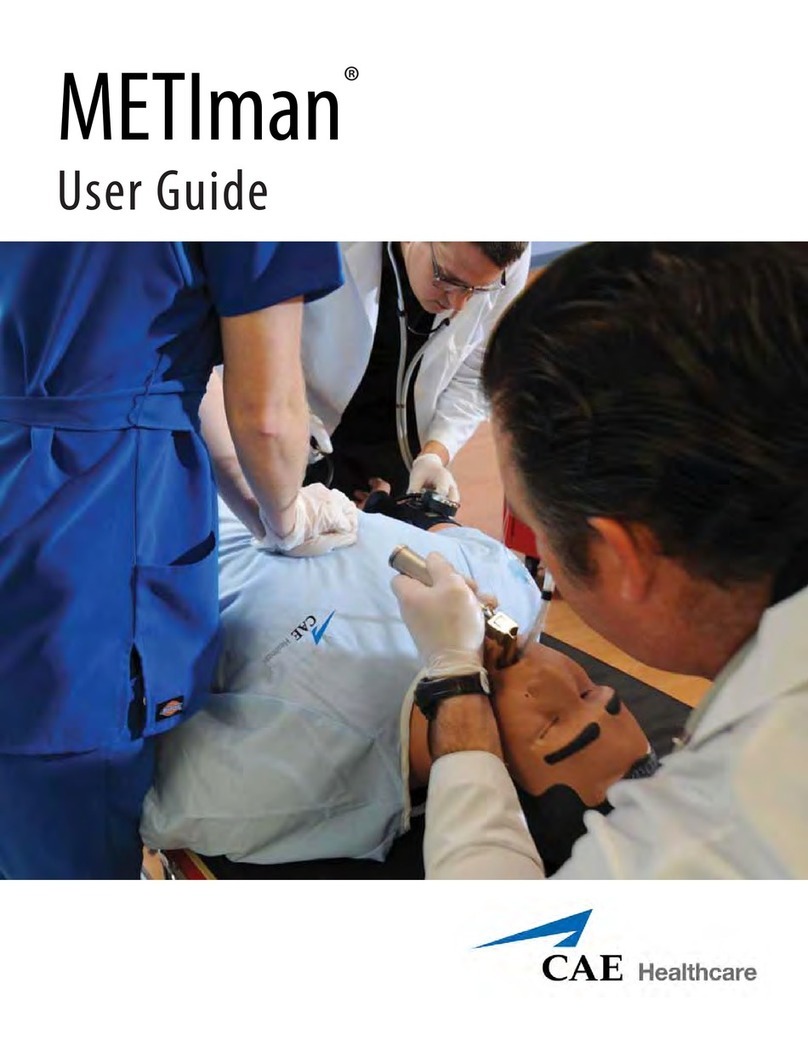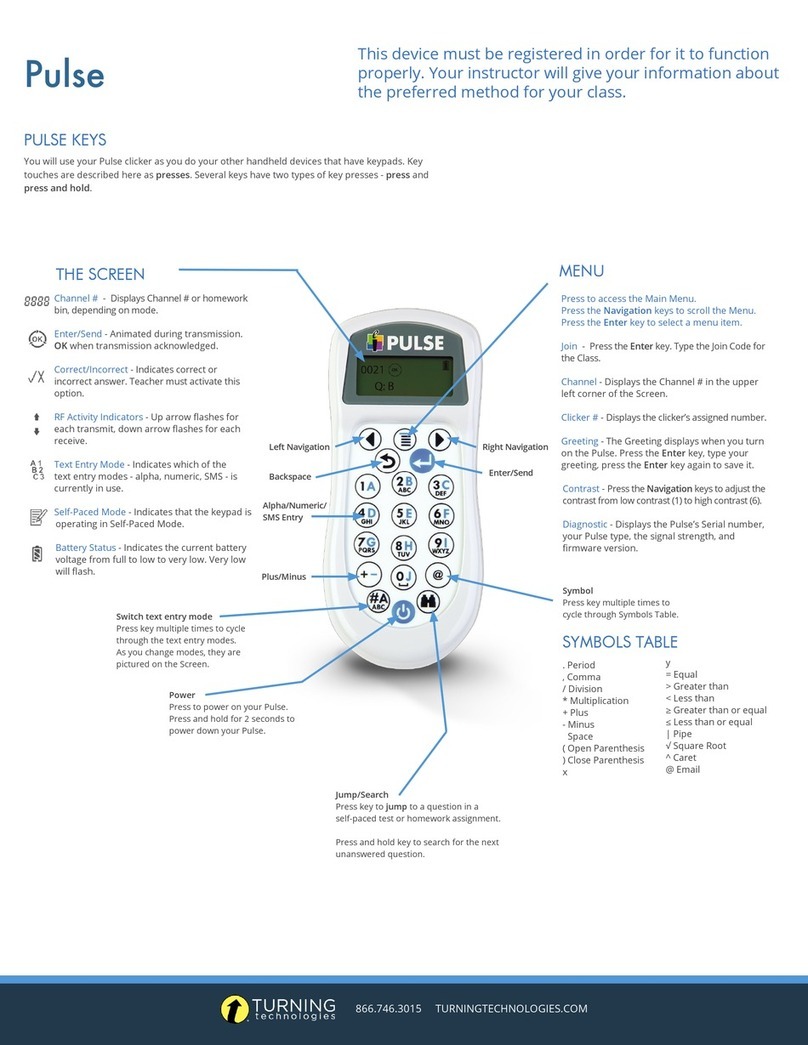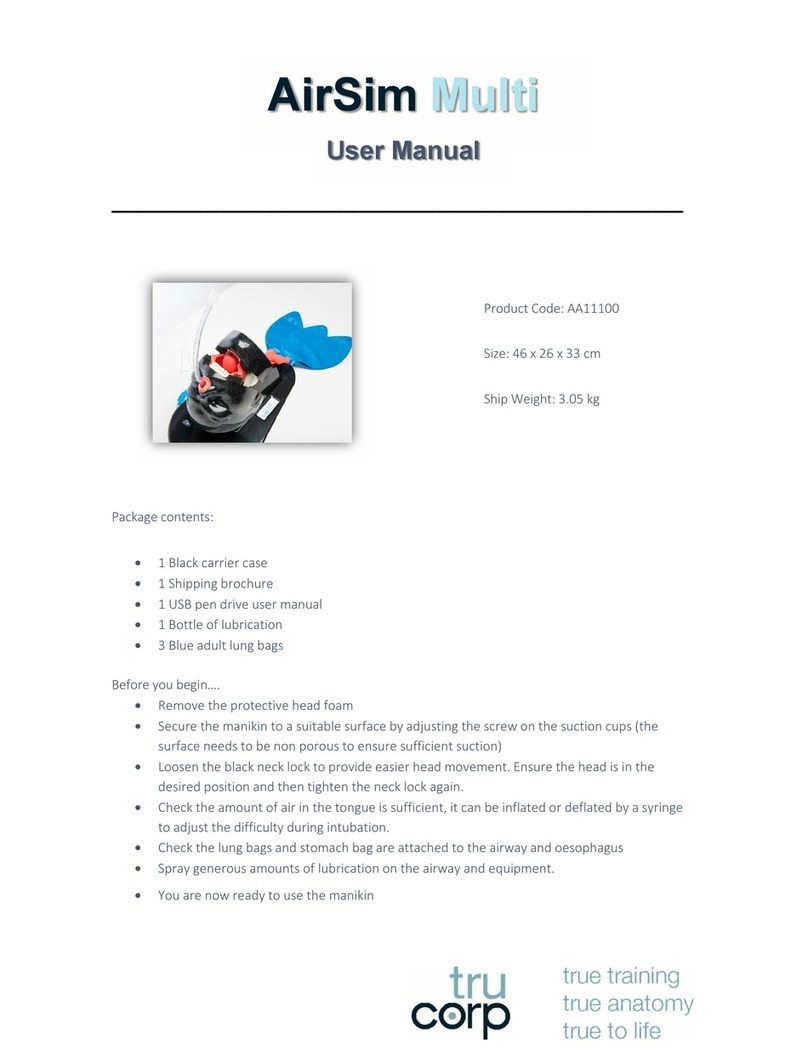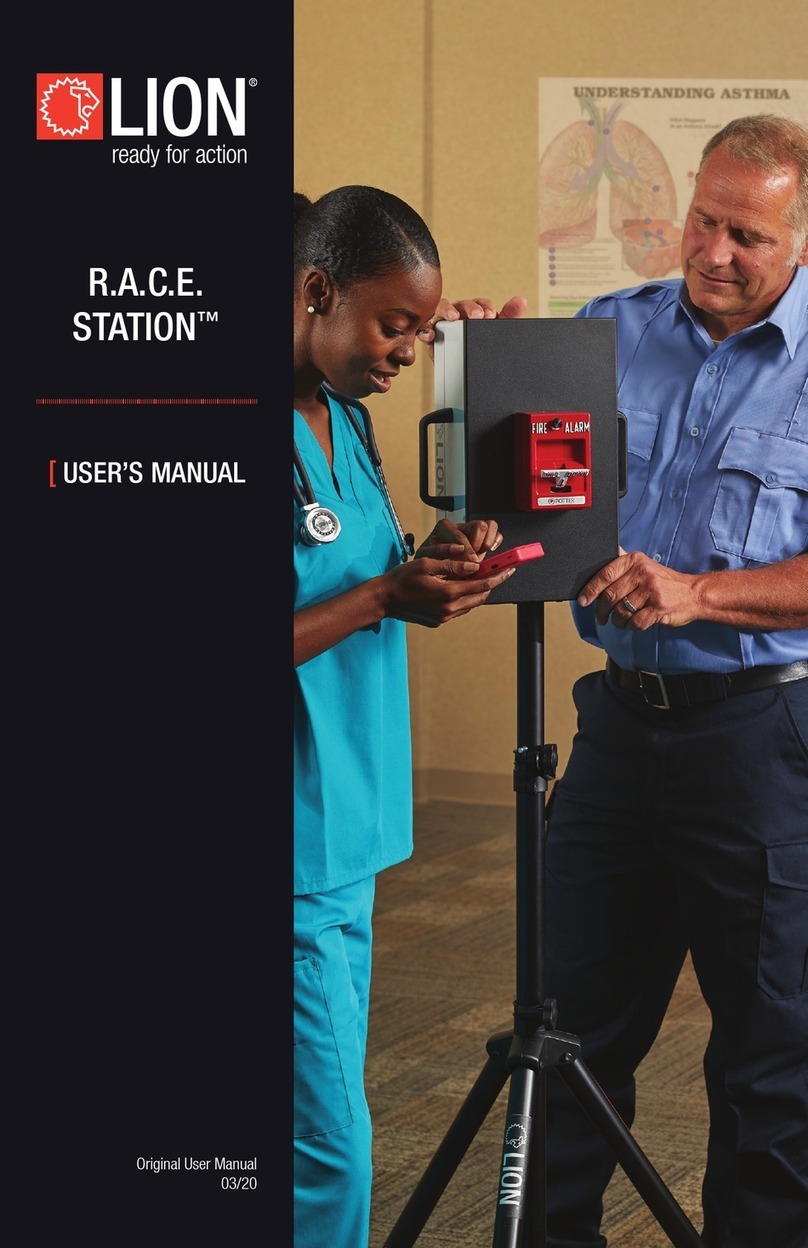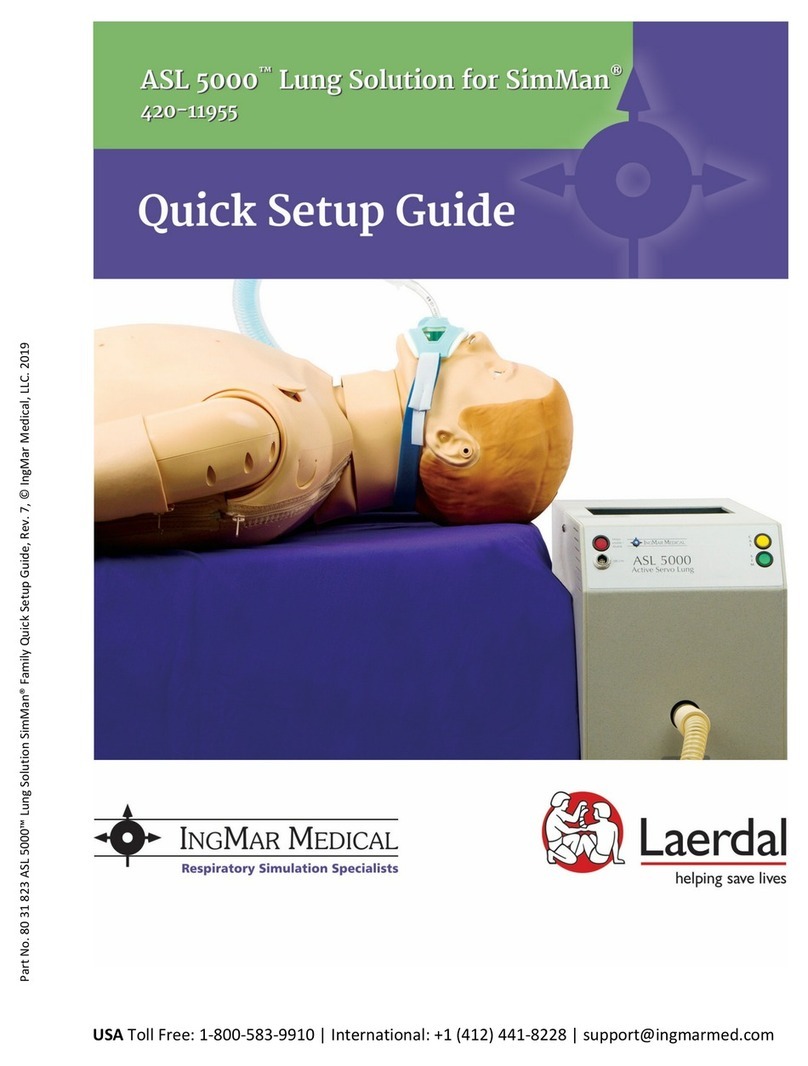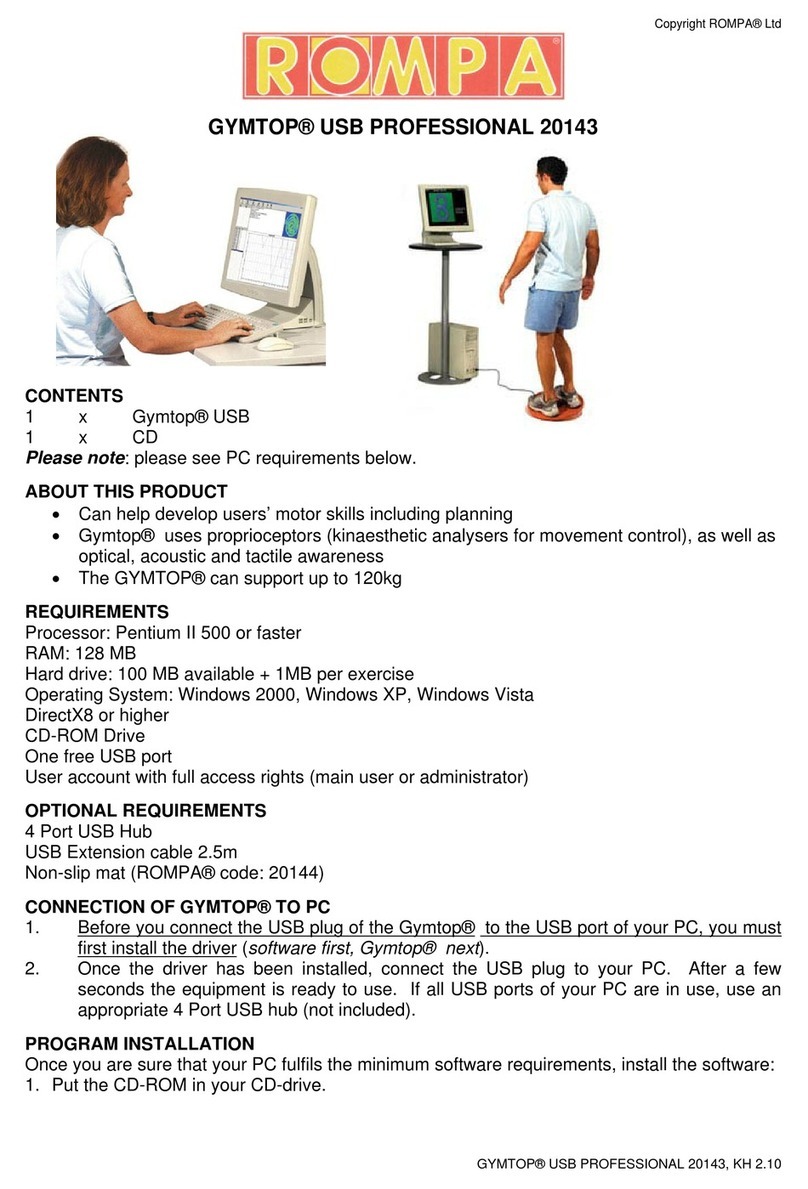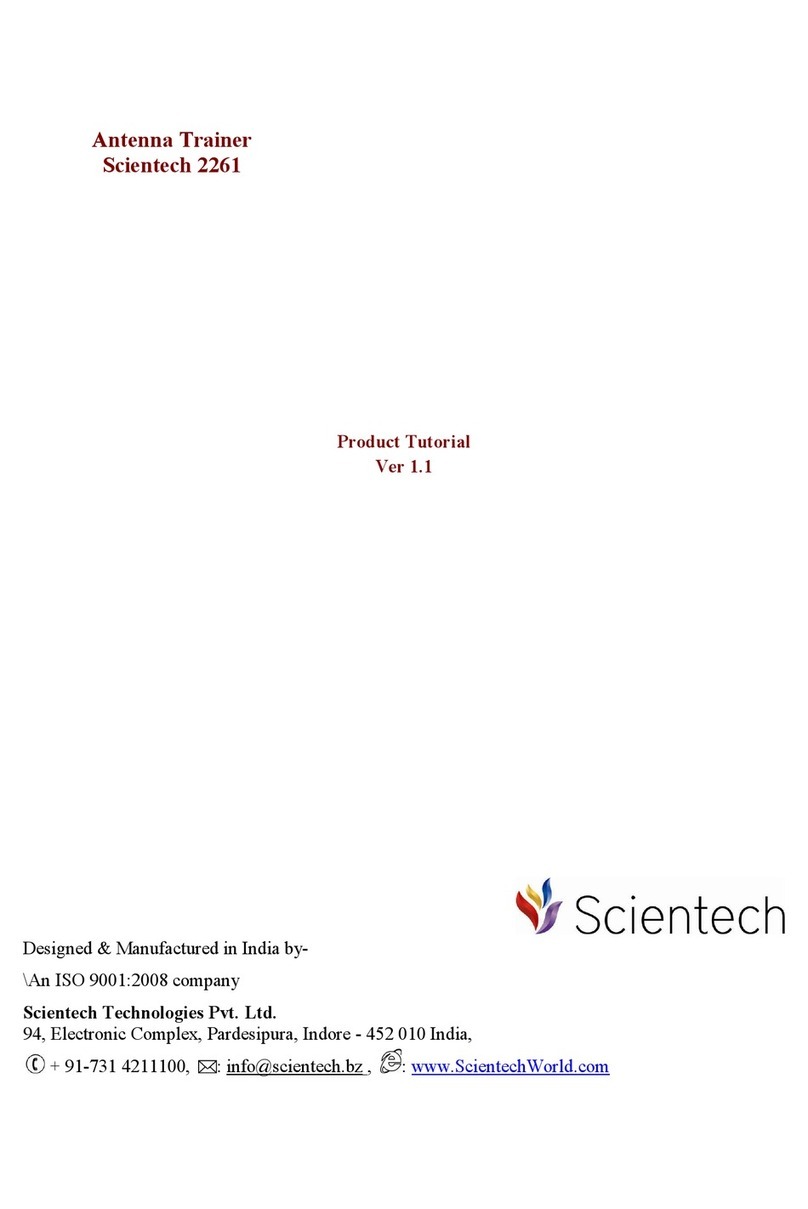Nasco LF01271 User manual
Other Nasco Educational Equipment manuals
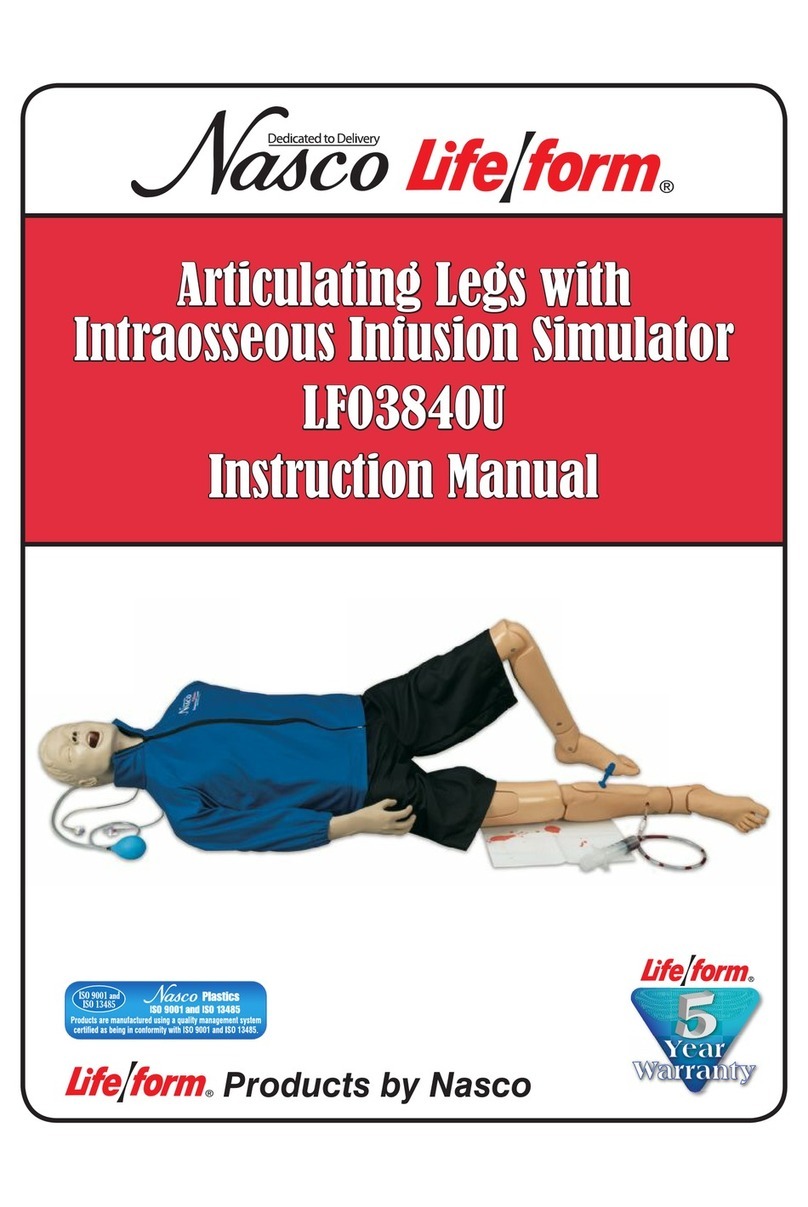
Nasco
Nasco Life/form LF03840U User manual

Nasco
Nasco Life/form CRiSis ManikinAuscultation Kit User manual

Nasco
Nasco Life form LF03633U User manual
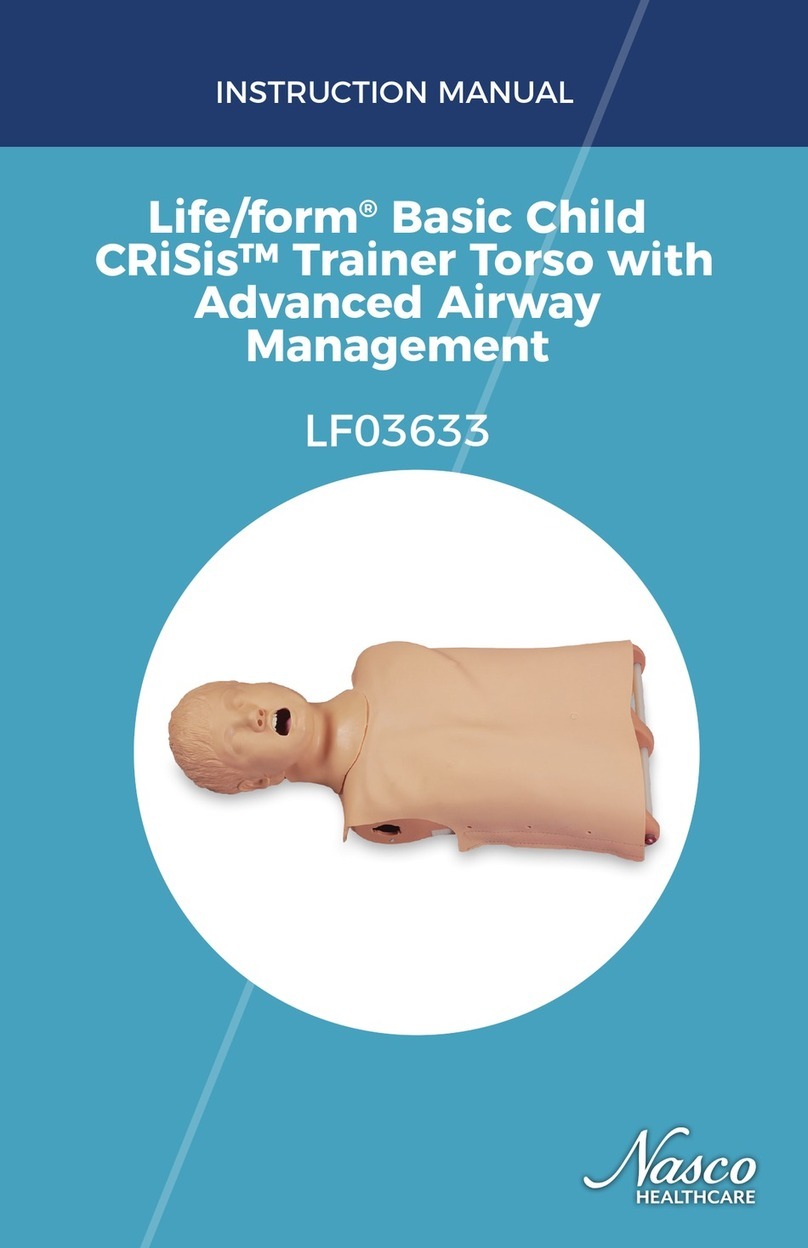
Nasco
Nasco Life/form LF03633 User manual
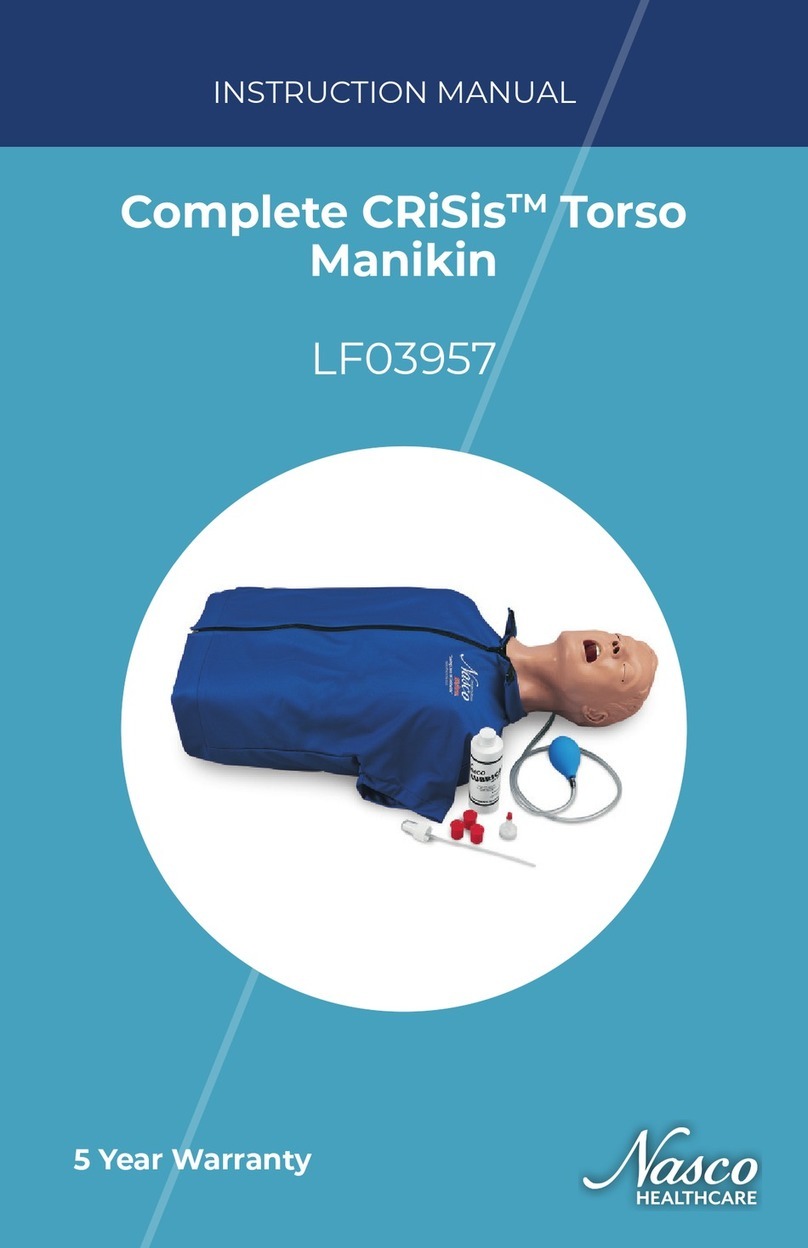
Nasco
Nasco CRiSis LF03957 User manual
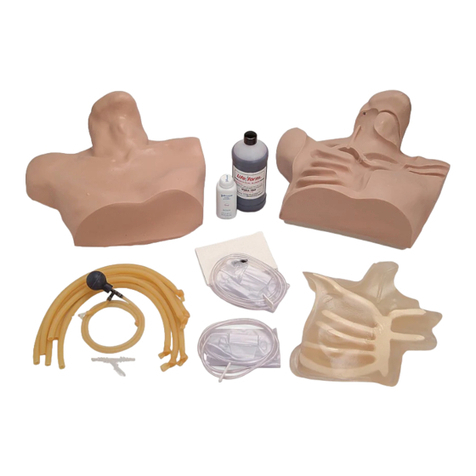
Nasco
Nasco Lifeform LF01087U User manual
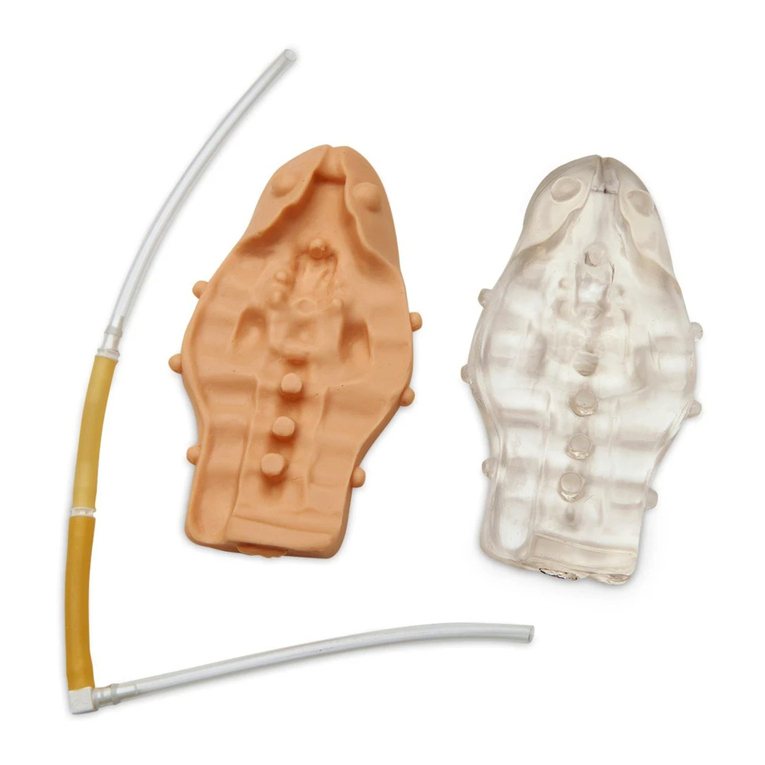
Nasco
Nasco Life form LF01006U User manual
Popular Educational Equipment manuals by other brands
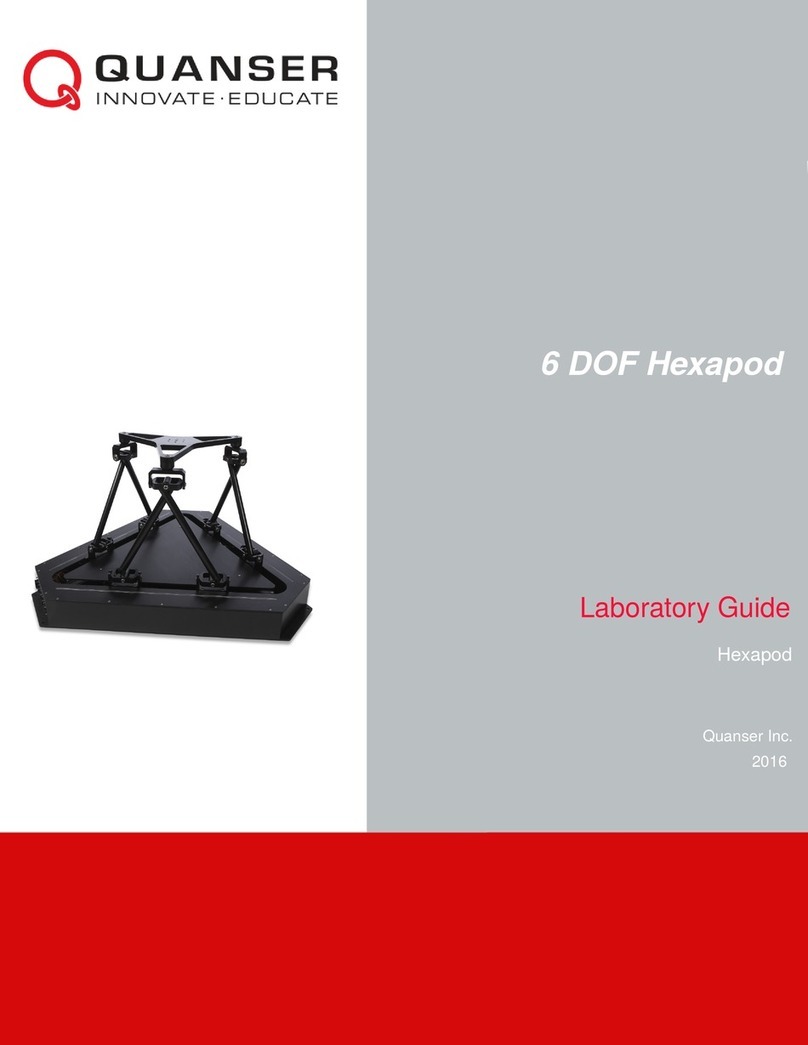
Quanser
Quanser 6 DOF Hexapod Laboratory guide

Surefire
Surefire Flying Model Rocket Kit How to use
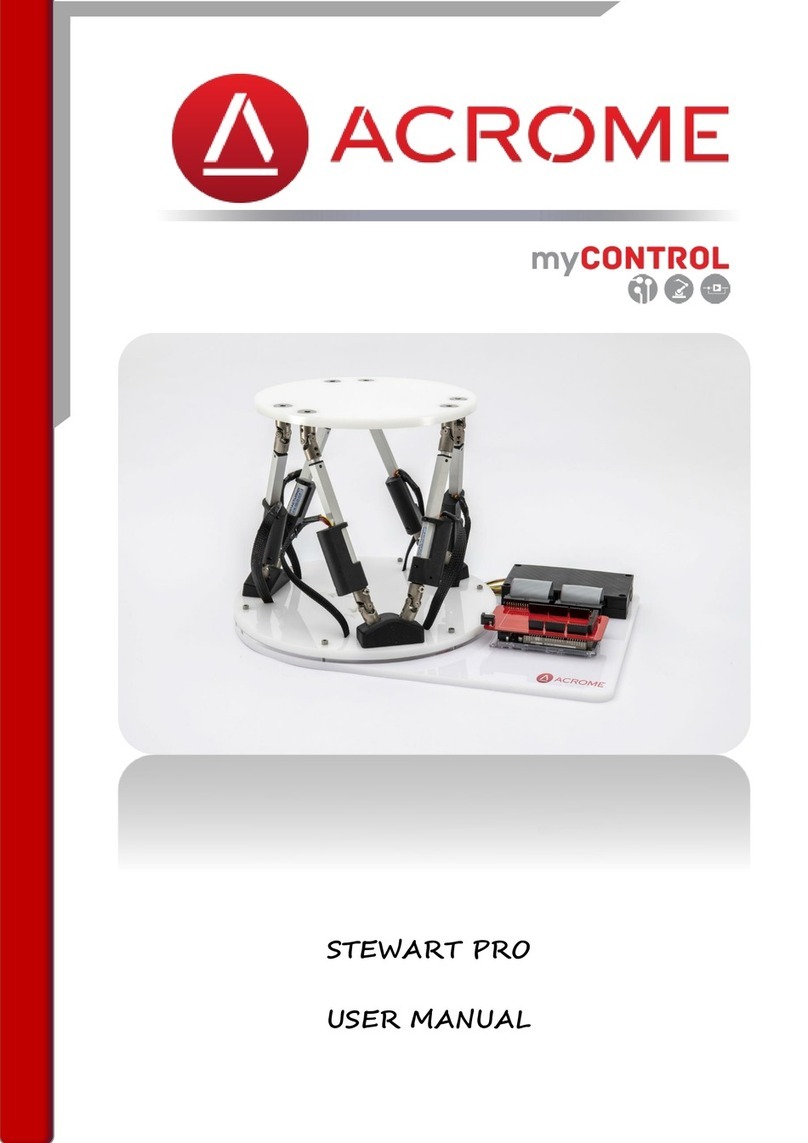
ACROME
ACROME myCONTROL STEWART PRO user manual
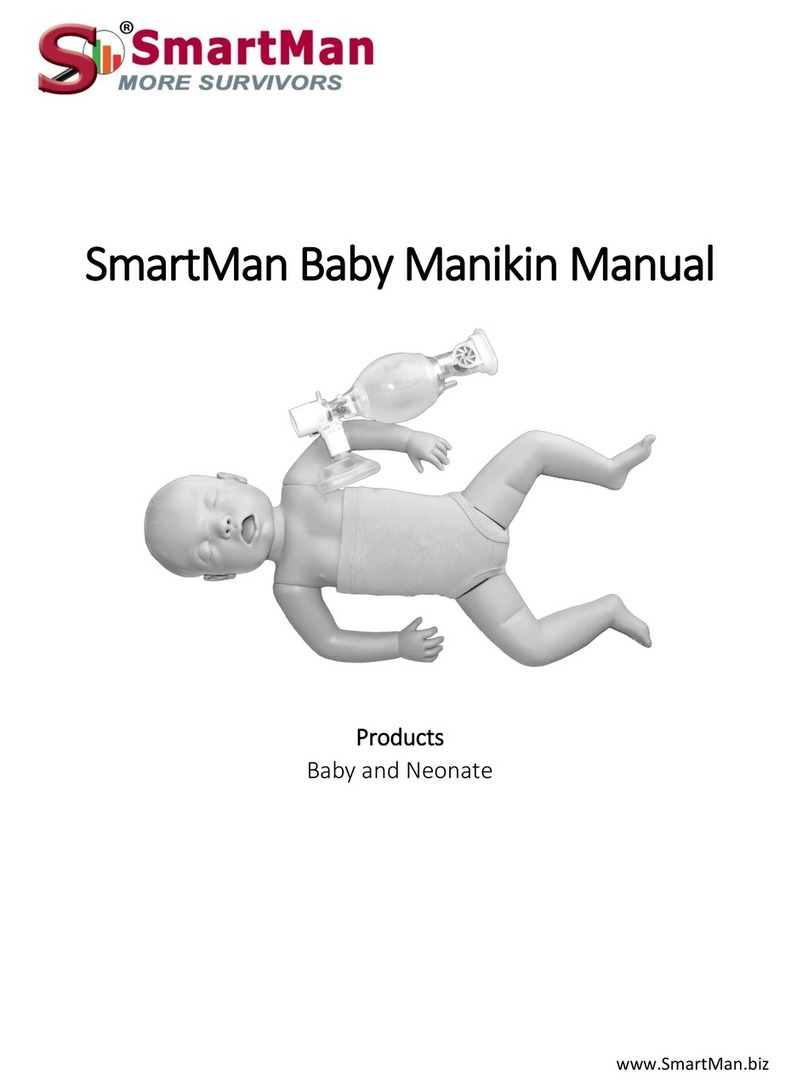
SmartMan
SmartMan Baby Manikin manual
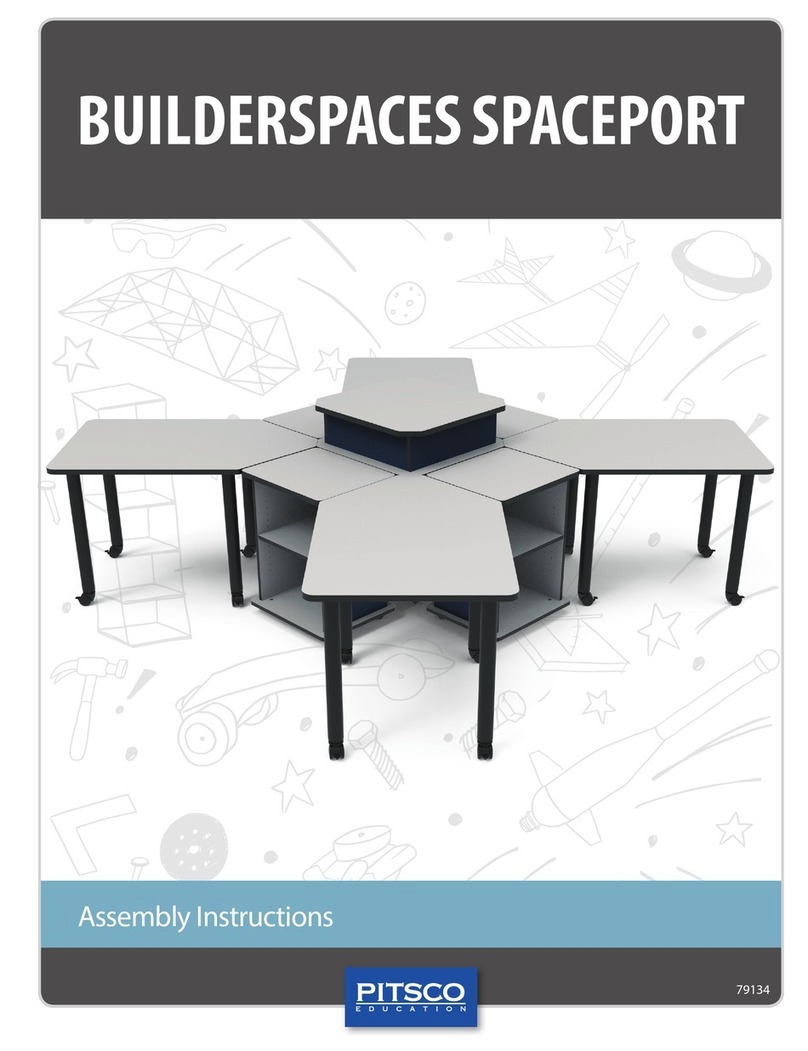
Pitsco Education
Pitsco Education BUILDERSPACES SPACEPORT Assembly instructions
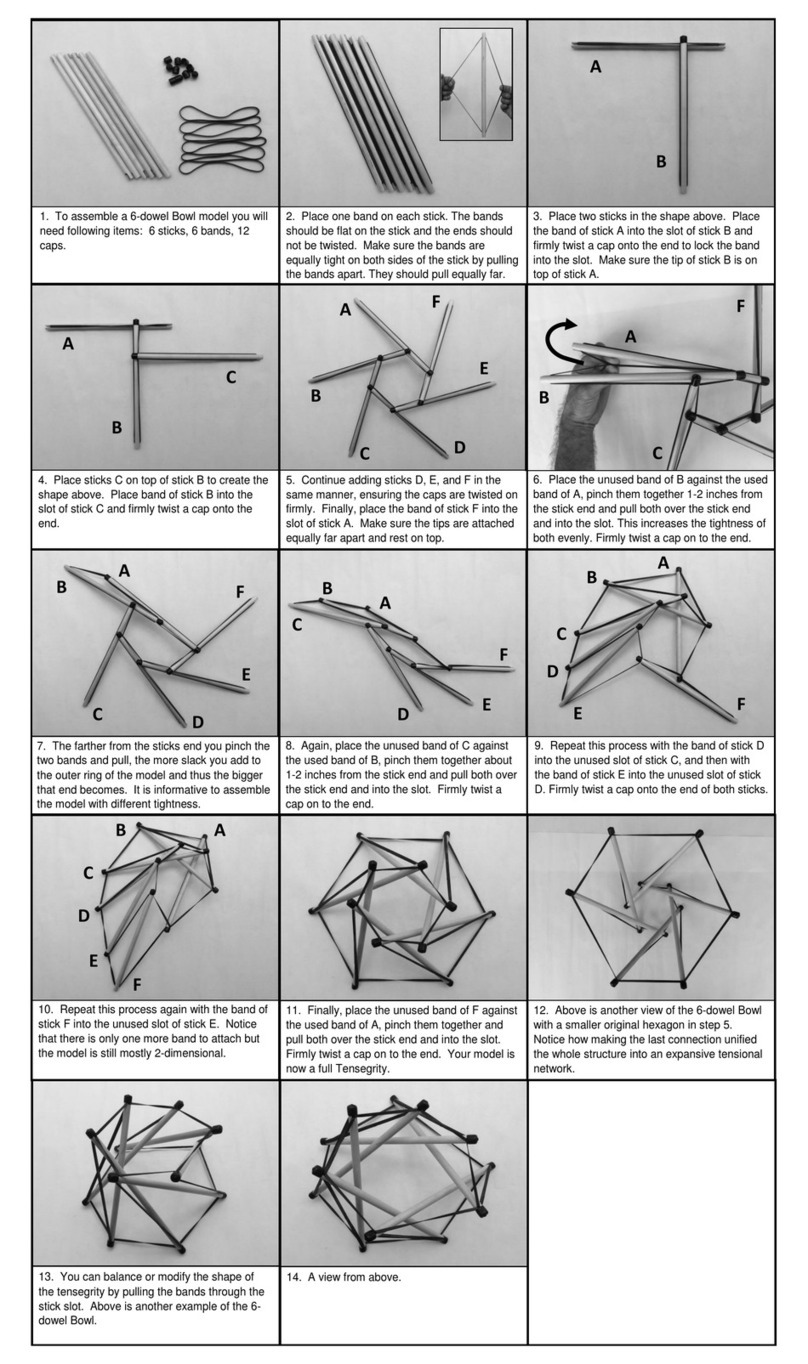
Tensegri-Teach
Tensegri-Teach 6-Dowel bowl with cacao pod Assembly instructions
